Gemas
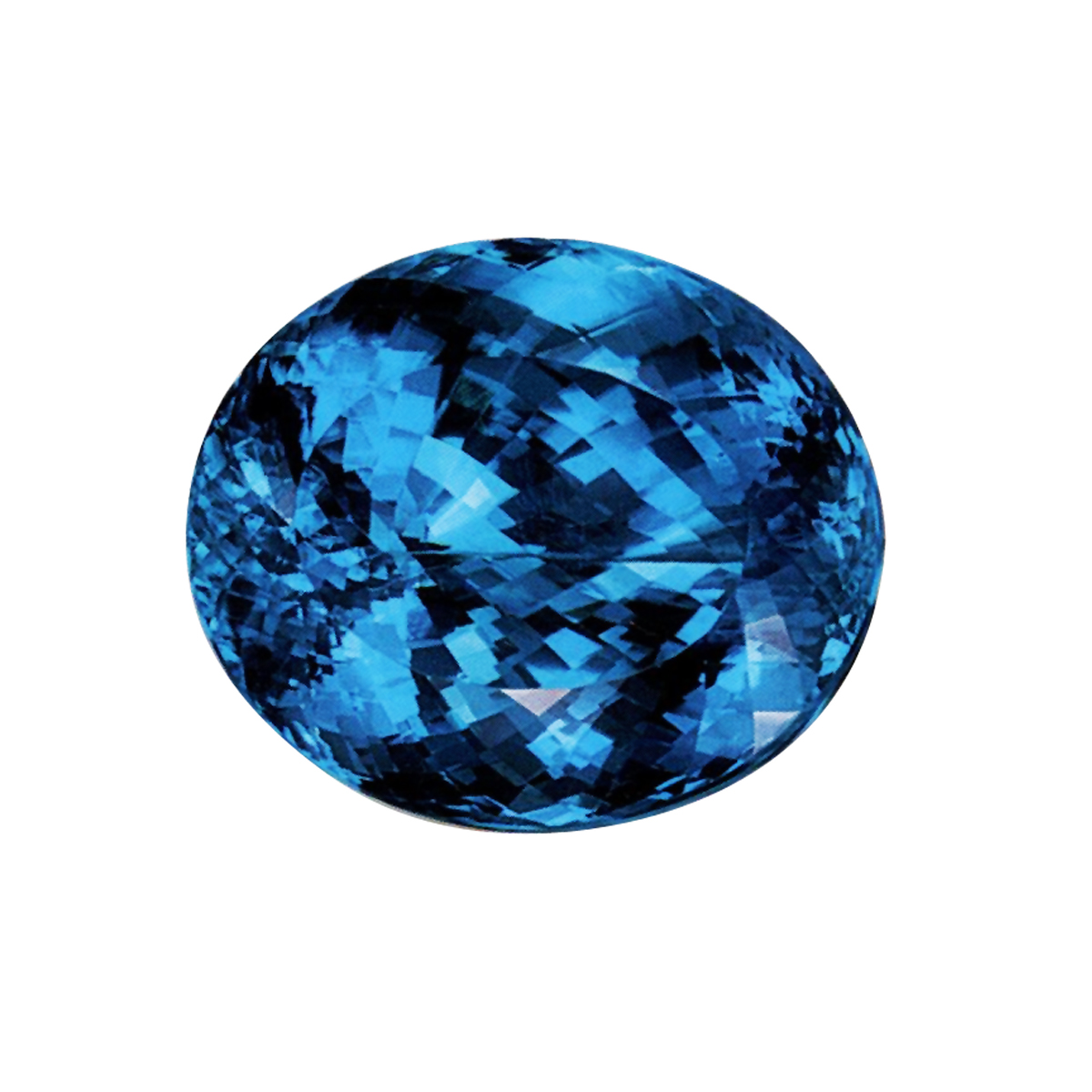
About Gemstones
Gemstones are minerals that can be used in setting personal jewelry. They are frequently beautiful, rare, and resistant.
The word "gem" Is normally used for all valuable ornamental stones, eliminating the previous distinction of "precious" and "semiprecious".
The gem's value is attributed according to its rarity, beauty and perfection. All three attributes are due to a millenary geologic work.
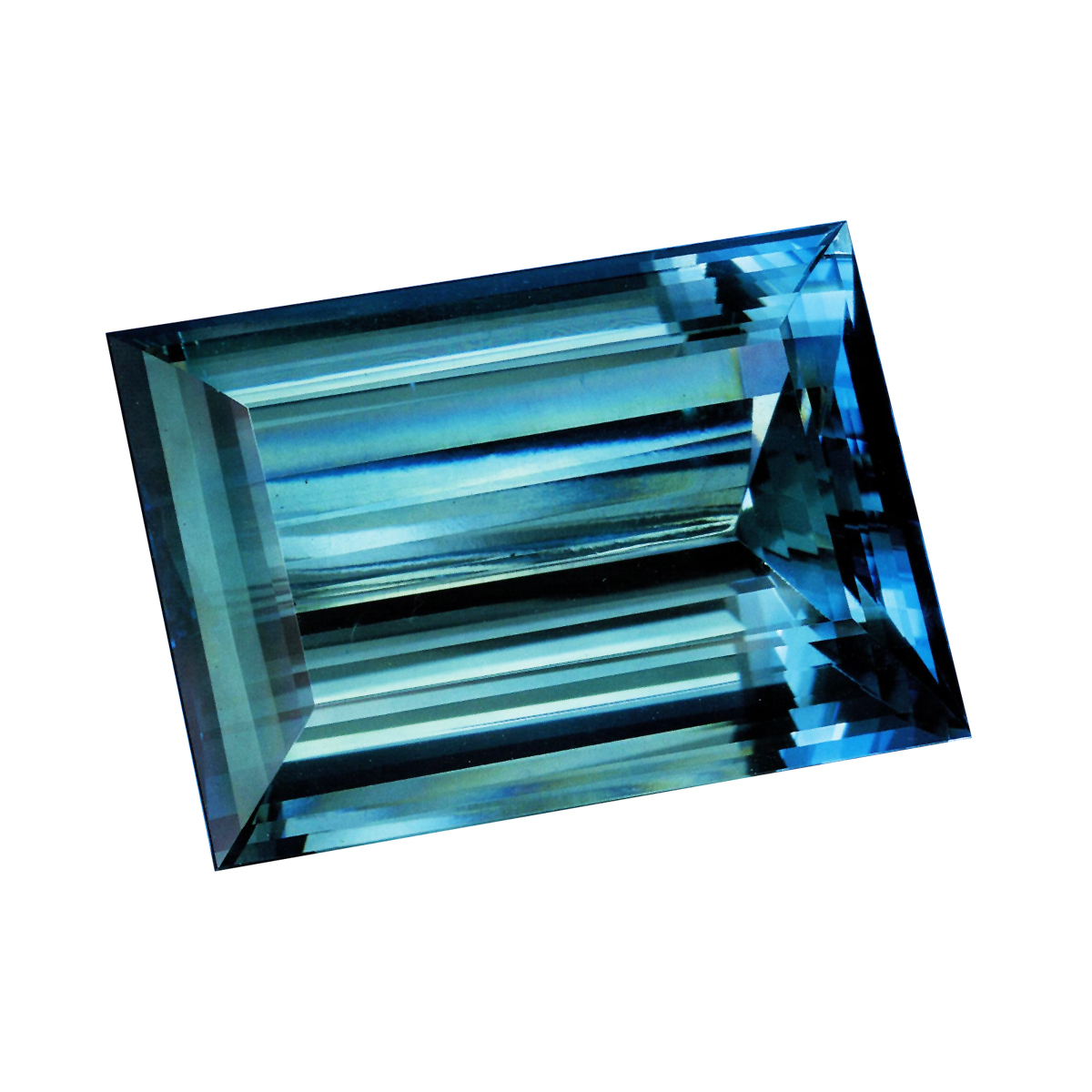
Aquamarine
Aquamarine literally means seawater (from the Latin). Mariners in the ancient times took aquamarines on their trips and threw them on the sea to satisfy "Poseidon's (The Sea's God) frequent ire. The taste for Aquamarine has changed through the years. The variation sea green was very popular in the past. Today consumers look for bluer gemstones, with more saturated tones. The biggest Aquamarine in gem quality ever found came from Minas Gerais, Brazil, weighting 110.5 kg weight. Brazil is one of the world's largest producers of this gemstone.
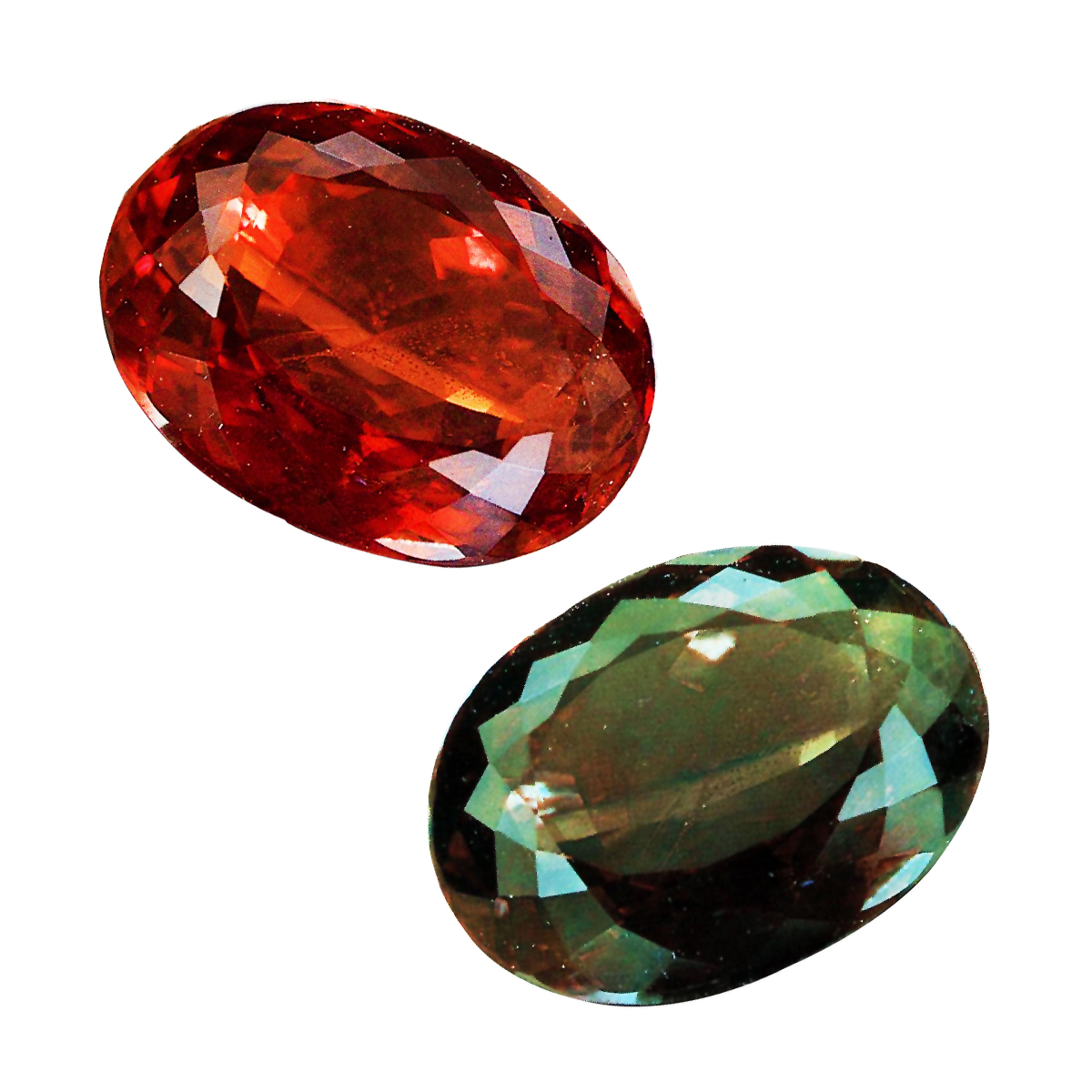
Alexandrite
Alexandrite is a rare Chrysoberyl variety that changes its color according to the light source: Emerald by day, Ruby by night. Abundant deposits were first discovered in Russia in 1830. The gem was named after the Czar Alexander II, and it caught the country's attention because its red and green colors reflected the Imperial Russian flag. Nowadays, Alexandrite is mostly found in Sri Lanka and Brazil. Because of its rarity and scarcity, especially in larger sizes, Alexandrite became one of the most expensive Chrysoberyl. The biggest Alexandrite already found to date weights 66 carats and it is displayed at the Smithsonian Institute, in Washington, DC, USA.
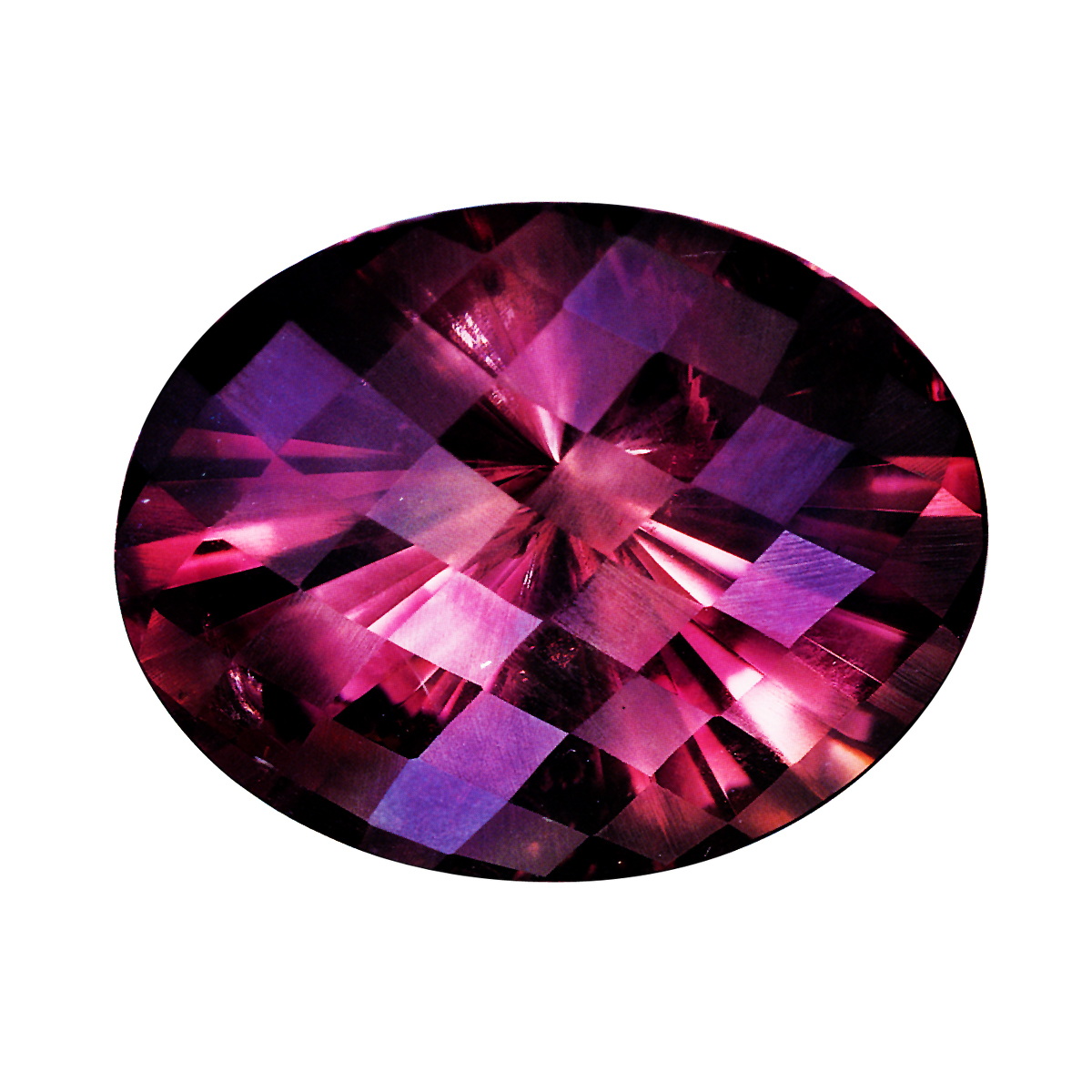
Amethyst
Amethyst is the most appreciated gemstone from the Quartz family and it can be found in different colors such as purple, lilac, and red. Ancient Greek mythology and its reddish color associated Amethyst to Bacchus, the king of wine. It used to be appreciated by nobles and clerics, but across the years it became more popular. Despite its abundance, it has never lost value nor gone out of fashion. Many believe that Amethyst has supernatural powers, bringing luck, stability and protection from witchcraft and nostalgia. It was a common belief that the amethyst would increase intelligence and bring peace of mind. Due to its abundant production around the globe, it can be found in most any sizes and shapes. Brazil is one of the biggest amethyst producers mainly in the states of Rio Grande do Sul, Minas Gerais, Bahia and Pará.
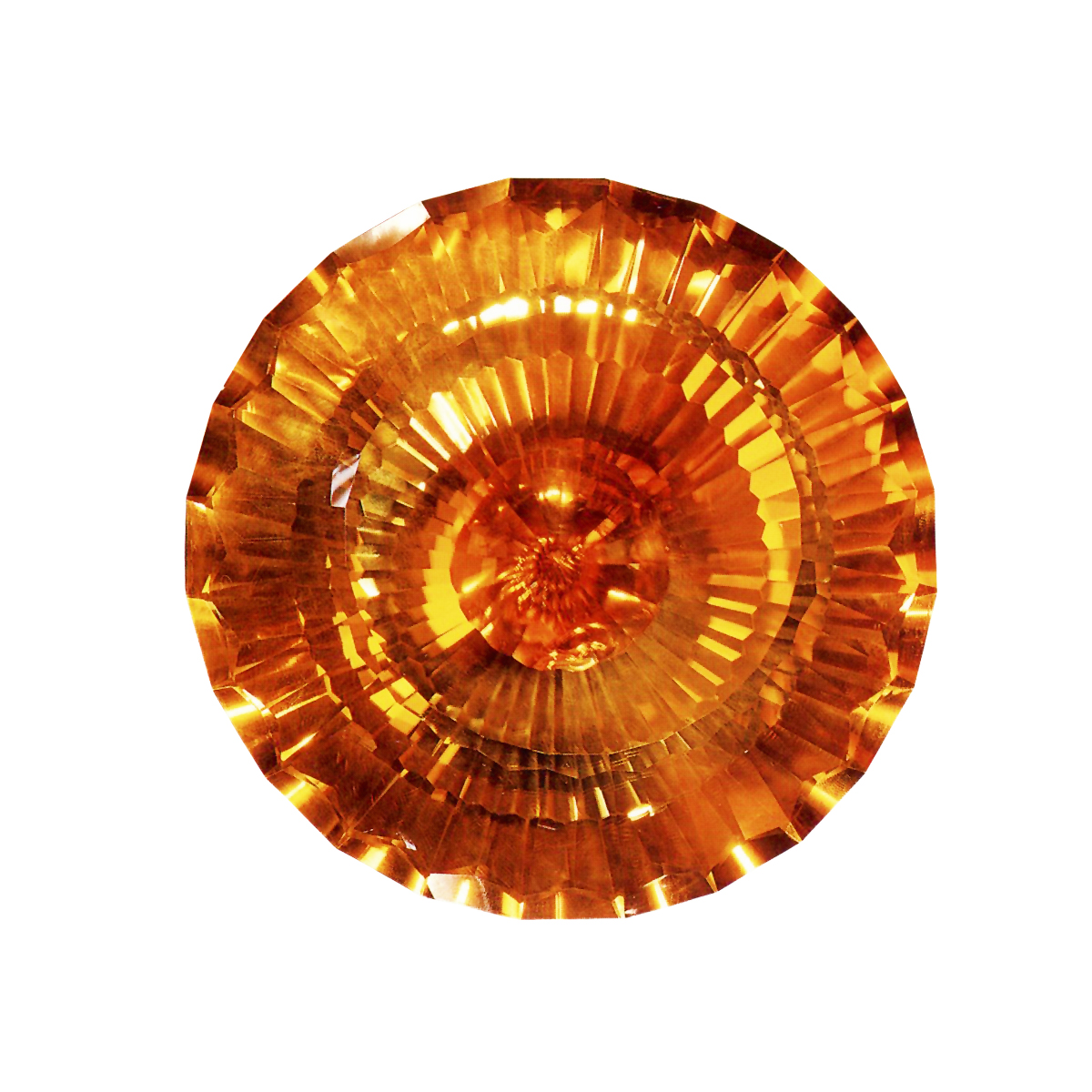
Citrine
The name Citrine is due to its color lime-yellow (from the Latin for "citrus"). The Citrine color varies from pale yellow to golden brown and because of that it can be confused for Imperial Topaz. Natural citrines are rare. Most of the Citrines found in the market are in fact Amethyst or Smoke Quartz. Brazilian Amethysts become light yellow at 470oC and dark yellow from 550oC to 560oC.
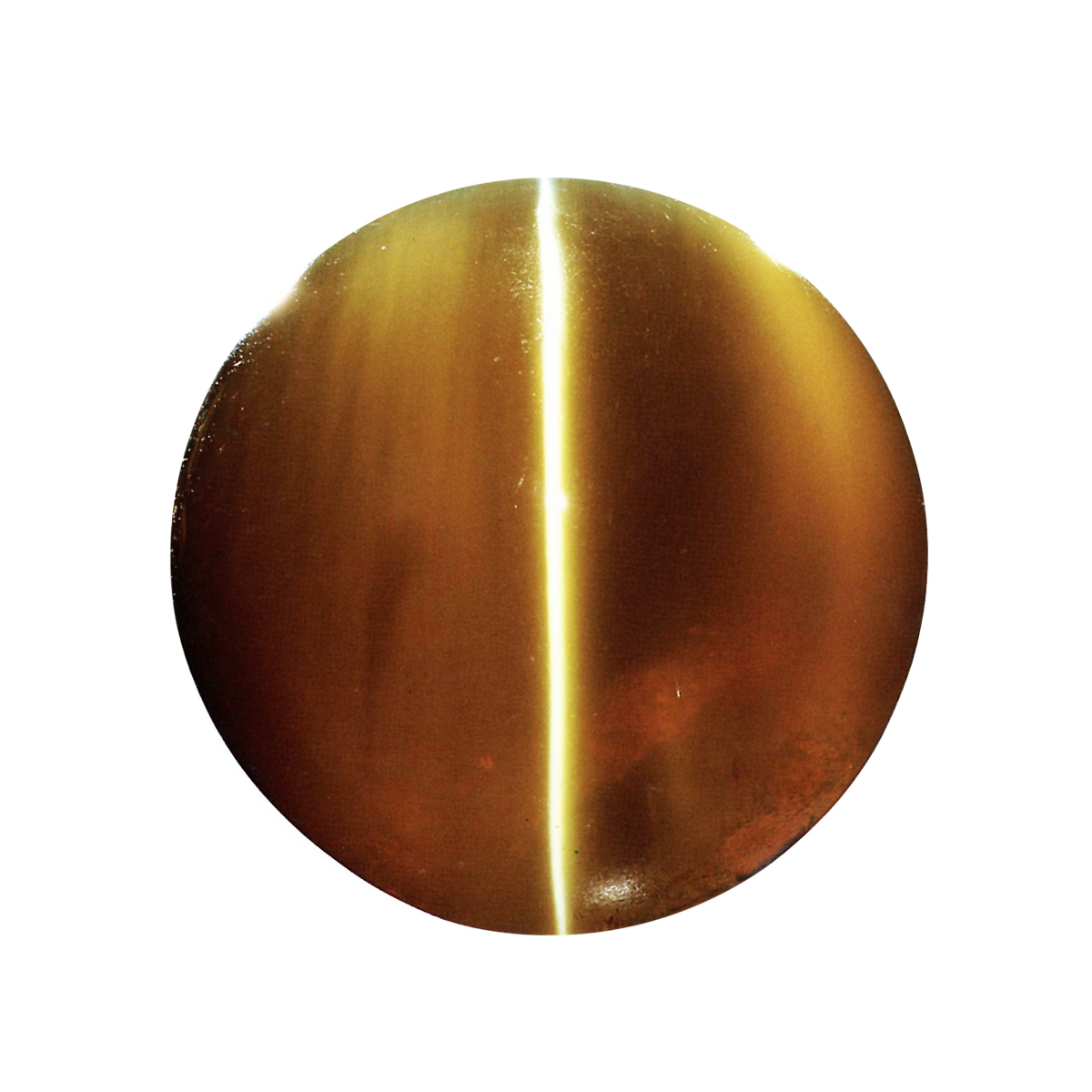
Chrysoberyl
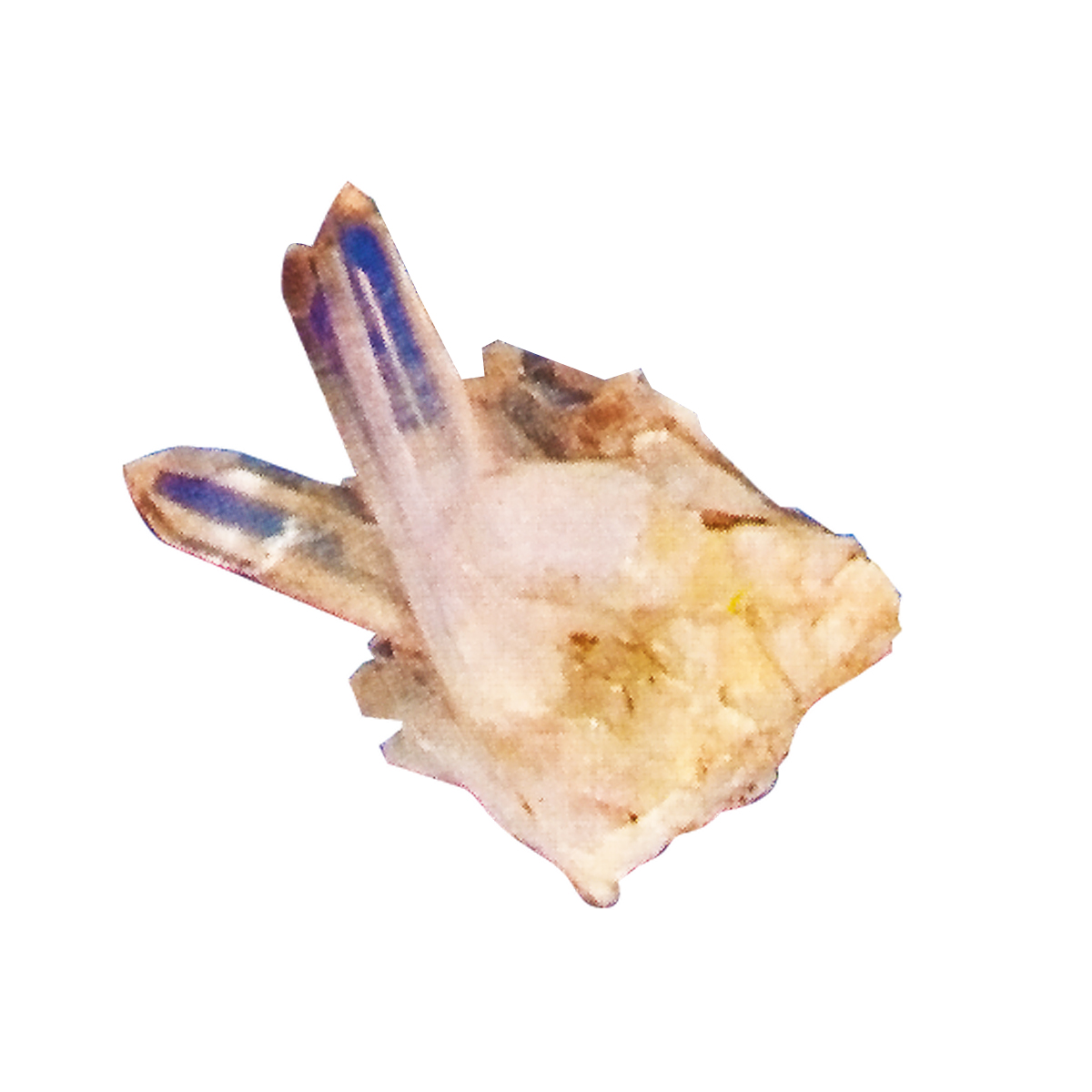
Rock Crystal
Uncolored and transparent, Crystal Is the Quartz variation most widely available and, one of the most common minerals on the planet. Despite being found almost everywhere in the world, the biggest Crystal Quartz mines are located in Brazil. The name Crystal comes from the Greek Word "krystallos" that means ice, because people thought that it was ice formed by Gods.
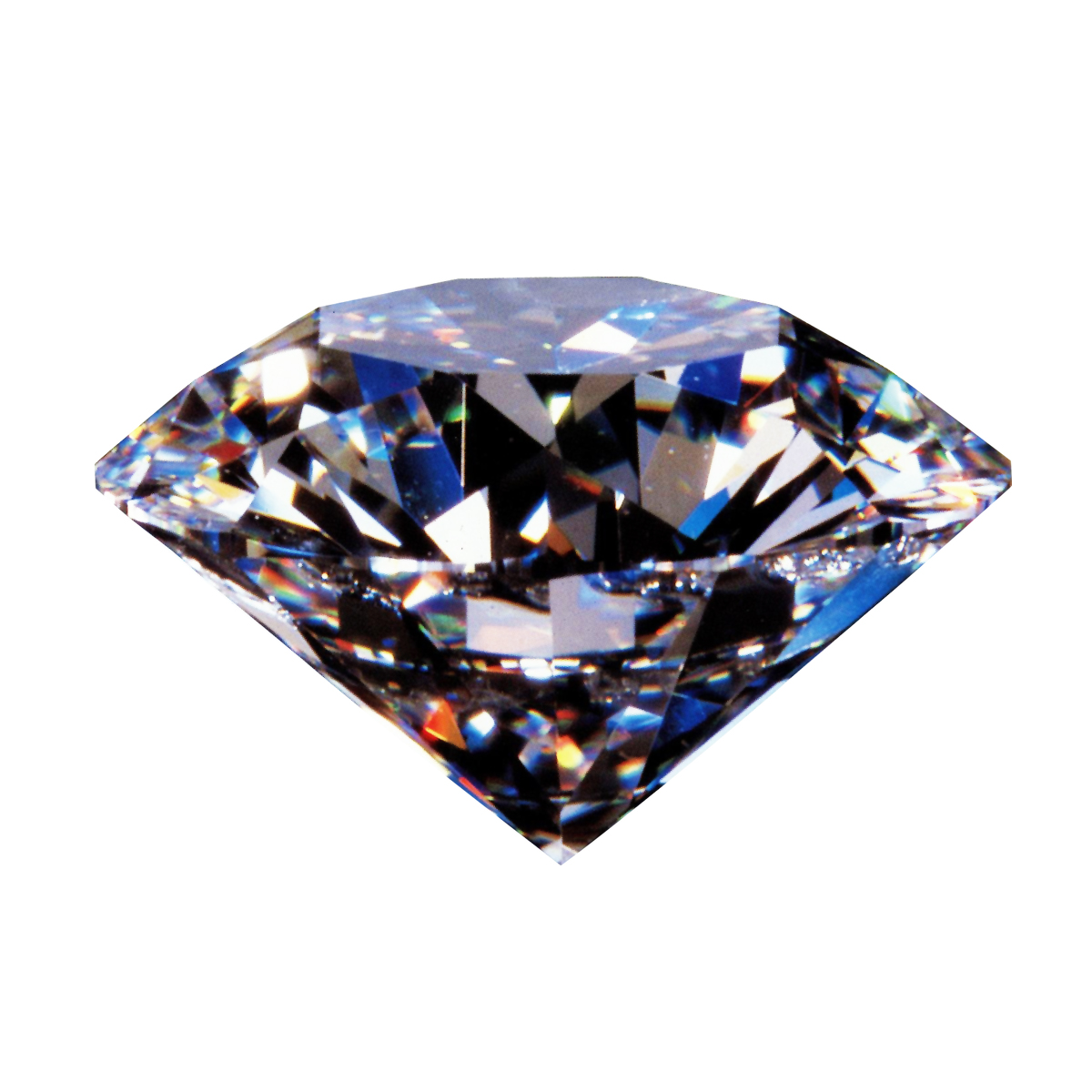
Diamond
The Diamond's name is due to its incomparable hardness (from the Greek "adamas", meaning unbeatable, unconquerable). It is considered the Gem's King and it has been used as an adornment since ancient times. It is 140 times more resistant to polish than Ruby and Sapphire and it is the only mineral composed by one single element: Carbon. Diamond's value is based on the 4 C's: color, cut, clarity and carat. It can be found in different colors, such as yellow, brown, white and black; and more rarely in blue, green, pink and red. Diamonds can be found in the USA, Canada, Namibia, South Africa, Serra Leona, Guinea, Ghana, Angola, Congo, Australia, Siberia, India and China.
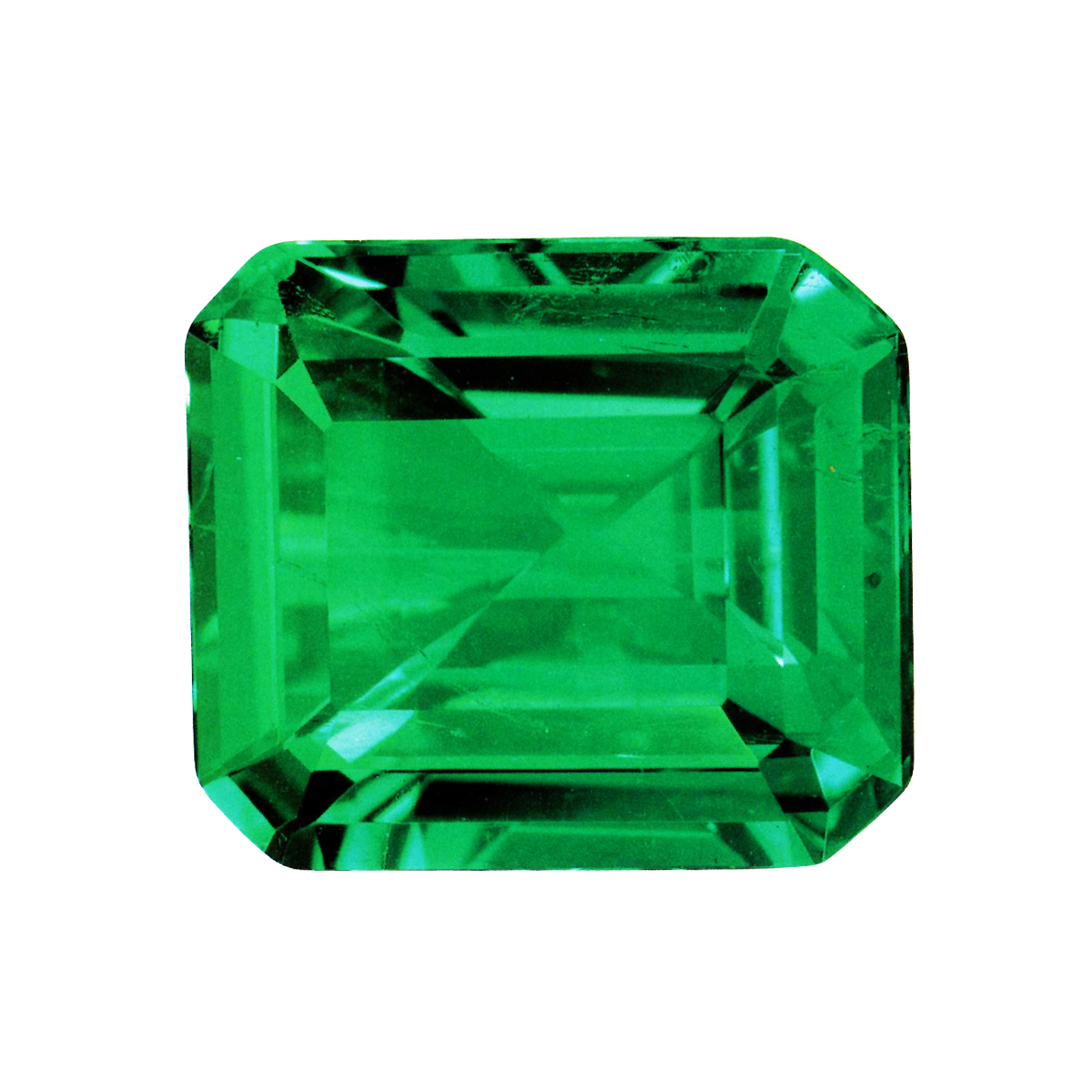
Emerald
The name Emerald comes from the Greek "smaragdos" (meaning green stone), is the most precious gem of the Beryl family. Its inclusions, proof of authenticity, are known as gardens. Frequently the gem looks cloudy and only the fine qualities are transparent. In ancient times it was considered as a symbol of immortality. The first Emerald known in history was found in Egypt, where there are evidences of mining activities since 2000 BC. Cleopatra was famous for her passion for Emeralds, and she always used them in her royal adornments. Europeans became aware of Colombian Emeralds after the Spanish crusades in South America. Brazil is one of the biggest producers of Emeralds. Most of the Emeralds found in Brazil come the states of Minas Gerais, Bahia and Goias.
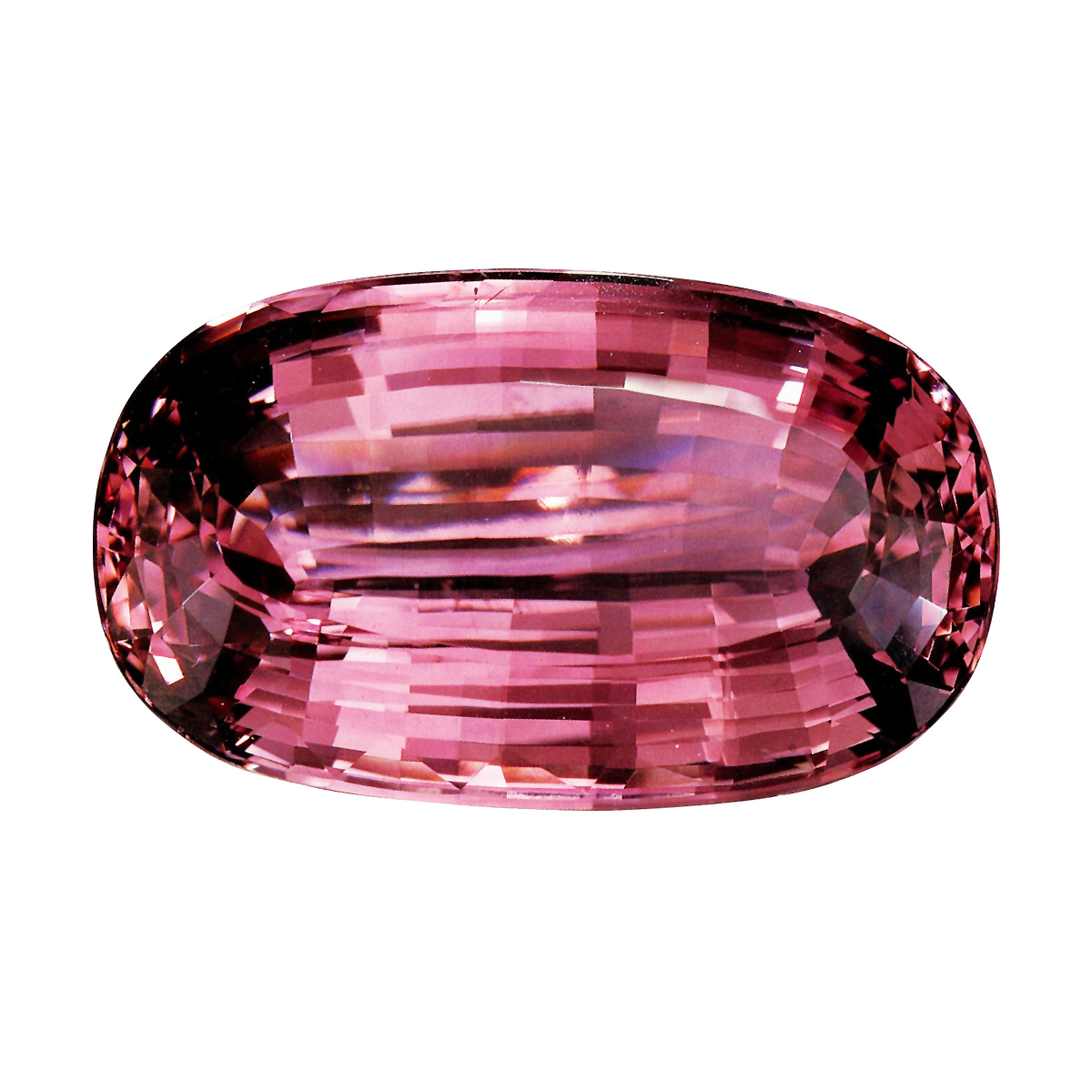
Kunzite
It has an adorable pink color due traces of manganese. It was discovered in a mine at San Diego, California, and it was baptized with the name of the notable gemologist G. F. Kunz, who first described this stone in 1902. This gem still can be found in California, as well as in Madagascar, Myanmar and Brazil. Despite being new in the gem world, it already has history and tradition. It is believed that the ones who wear it are blessed with a beautiful destiny. Its soft color is reminiscent of purity and innocence, its presence is considered a symbol of fertility and of a new life beginning.
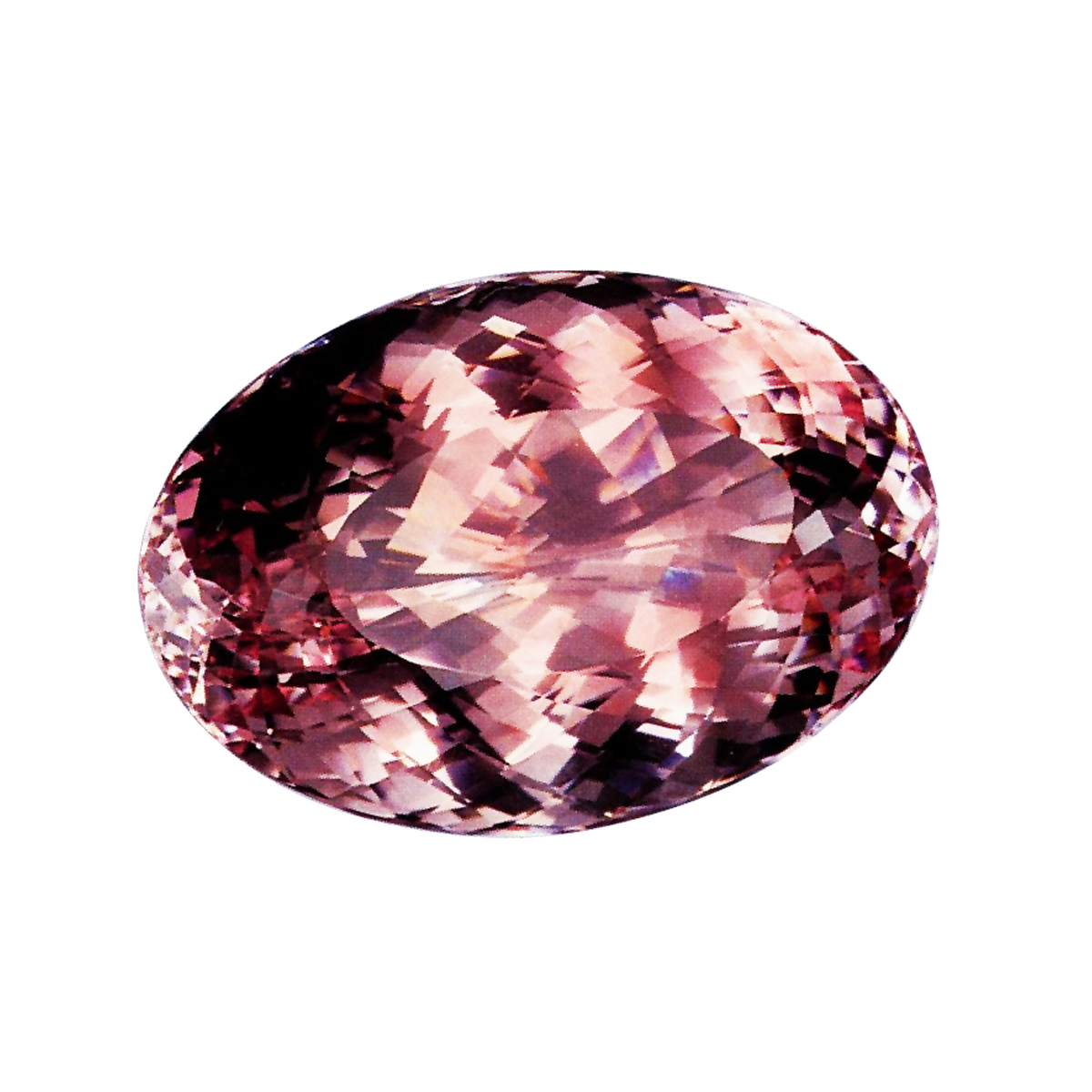
Morganite
Often confused with Pink Tourmaline and Kunzite, Morganite colors vary from a light pastel pink to a soft peach. It was first discovered on the island of Madagascar and its name is in honor of the banker and gem collector John Pierpont Morgan. Morganite belongs to the Beryl group, along with the better known Aquamarine and Emerald. Brazil is the largest producer of this gem.
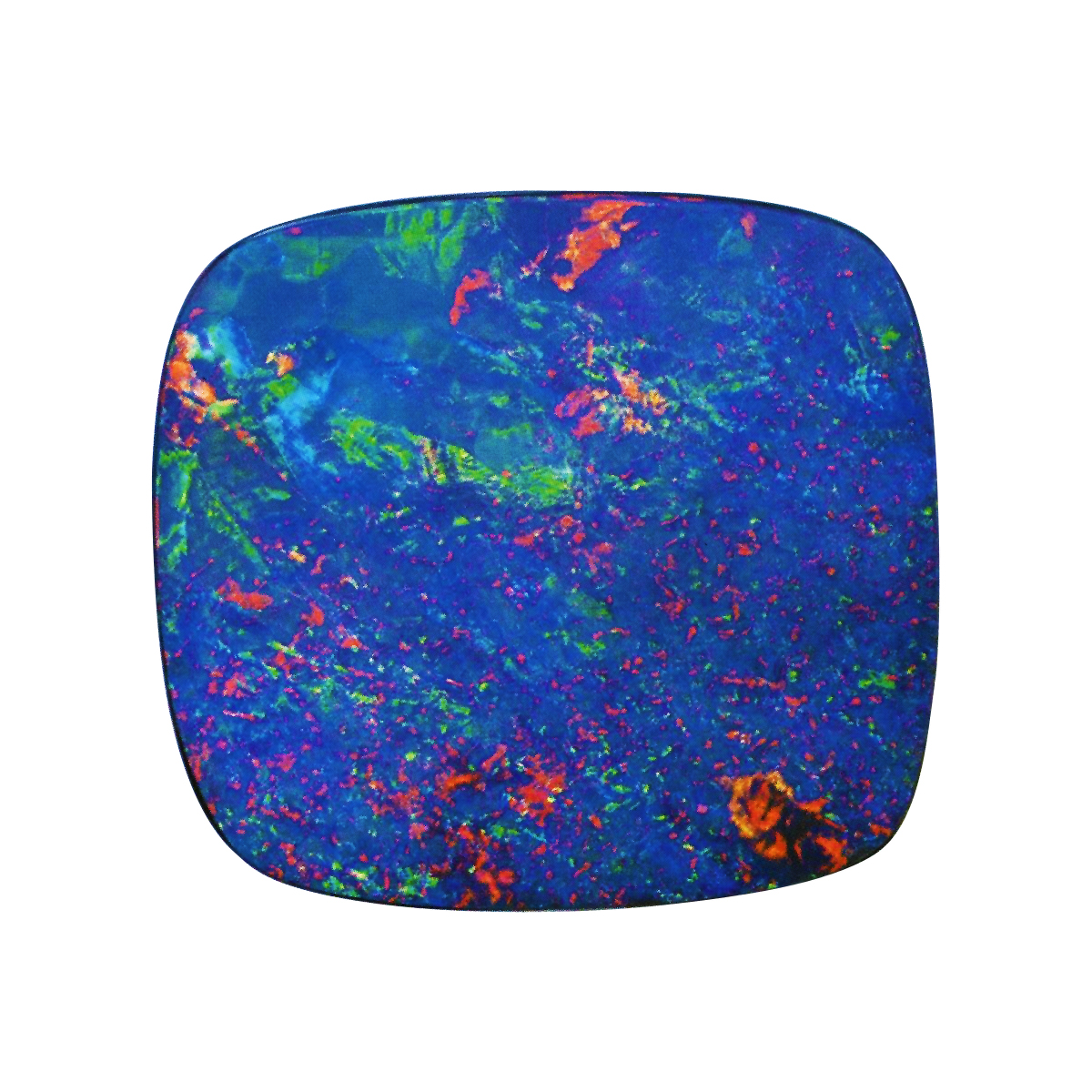
Opal
The root of Opal's name is the Sanskrit word "upala", meaning precious stone. There is always some water in the opal's chemistry composition, in a portion that varies from 3 to 20%, depending on the Opal's type. Opals can be found in different colors : white, gray, blue, green, orange and black, this last one being very rare. An aura of mysticism and fascination is related to the Opal. The mixture of colors that comes from its inner part gives it an appearance that since the ancient times has intrigued men. Arabic tales spread the believe that Opals came down to earth as flashes of light. The Greeks believed that an Opal's owner would get the gift of prophecy and would be protected from illness. Europeans for a long time considered Opals as a symbol of hope, purity and truth. The biggest producers of Opals are Brazil, Australia and Mexico.

Peridot
Its name comes from the Arabic word "faridat", that means "gem". Egyptians used to call it "gem from the sun". Peridot was taken to Central Europe by middle age crusades and it was frequently used for ecclesiastic's purposes. It was the most popular gem during the Baroque period. Peridot color varies from green-yellow to olive green, and brown-green. The most important mines are located in Myanmar, Pakistan, Brazil, and USA.
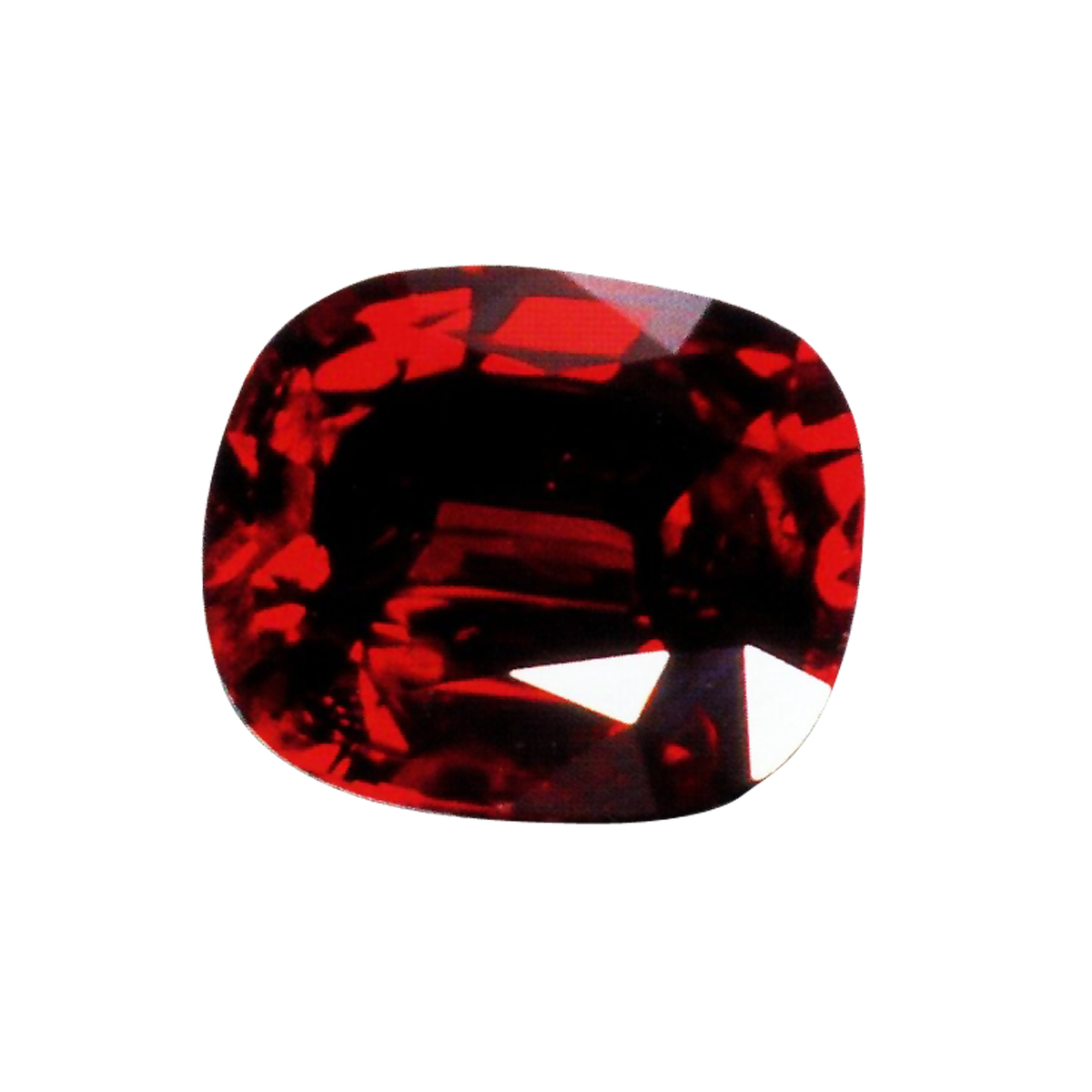
Ruby
Ruby is the second hardest gemstone after the Diamond; its name is due to its red color (from the Latin "rubeus"). Big Rubies are considered more rare than Diamonds on the same size. Ruby coloring is hardly homogenous, clouds in the gems are very common. It can be found in several shades of red, from the pure red, known as "pigeon's blood", to mixed reds with bluish, purplish, orange and brown shades. In medieval Europe, it was believed that Ruby would guarantee health, wealth, wisdom and success in love. It can be found in Sri Lanka, Kenya, Madagascar, Myanmar, Afghanistan, Tanzania and especially in Thailand.
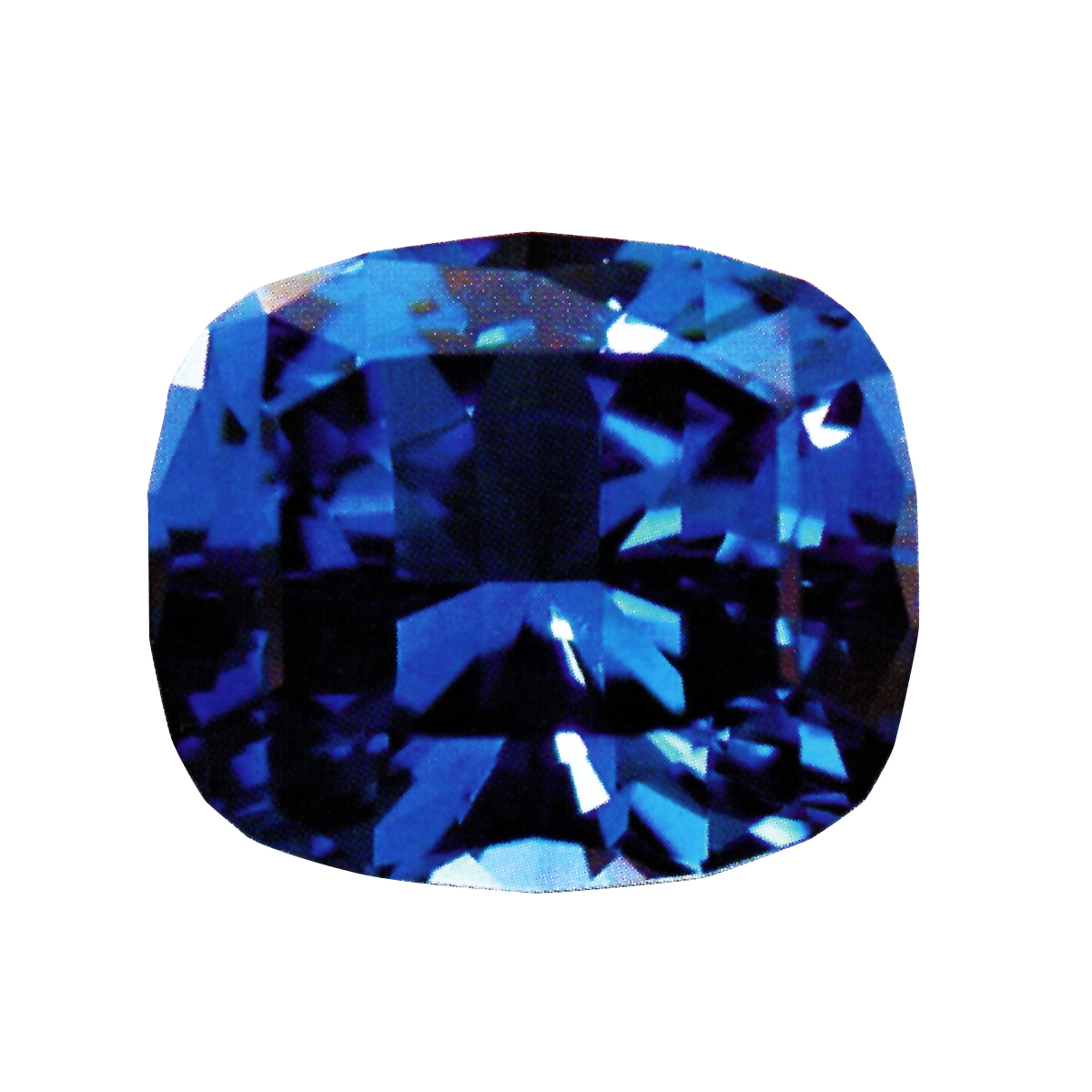
Sapphire
In ancient Greece, Sapphire was known as "sappheiros" meaning "the Saturn's beloved". Some ancient societies believed that the Earth rested on a Sapphire, which was responsible for the sky blue color. For centuries Sapphires have been associated with royalty and romance. This association was reinforced in 1981 when prince Charles from Great Britain offered as an engagement ring to Lady Diana Spencer, a ring set with Sapphire and Diamonds. In 2011, the same ring was offered by prince William to his chosen one: Kate Middleton. Sapphires can be found in many different colors: blue, white, pink, orange, yellow, green, purple and black. And we designed them by the term Sapphire followed by its color. For instance: Pink Sapphire. The blue Sapphire is the most valuable of all, and we named only Sapphire. The largest Sapphire already cut is at the American Museum of Natural History in New York and it is known as "India Star" with 536 carats. The biggest producers are Sri Lanka, India, Pakistan, Myanmar, Thailand, Tanzania, Cambodia, Australia, Madagascar, USA, China, Kenya, Nigeria and Vietnam.
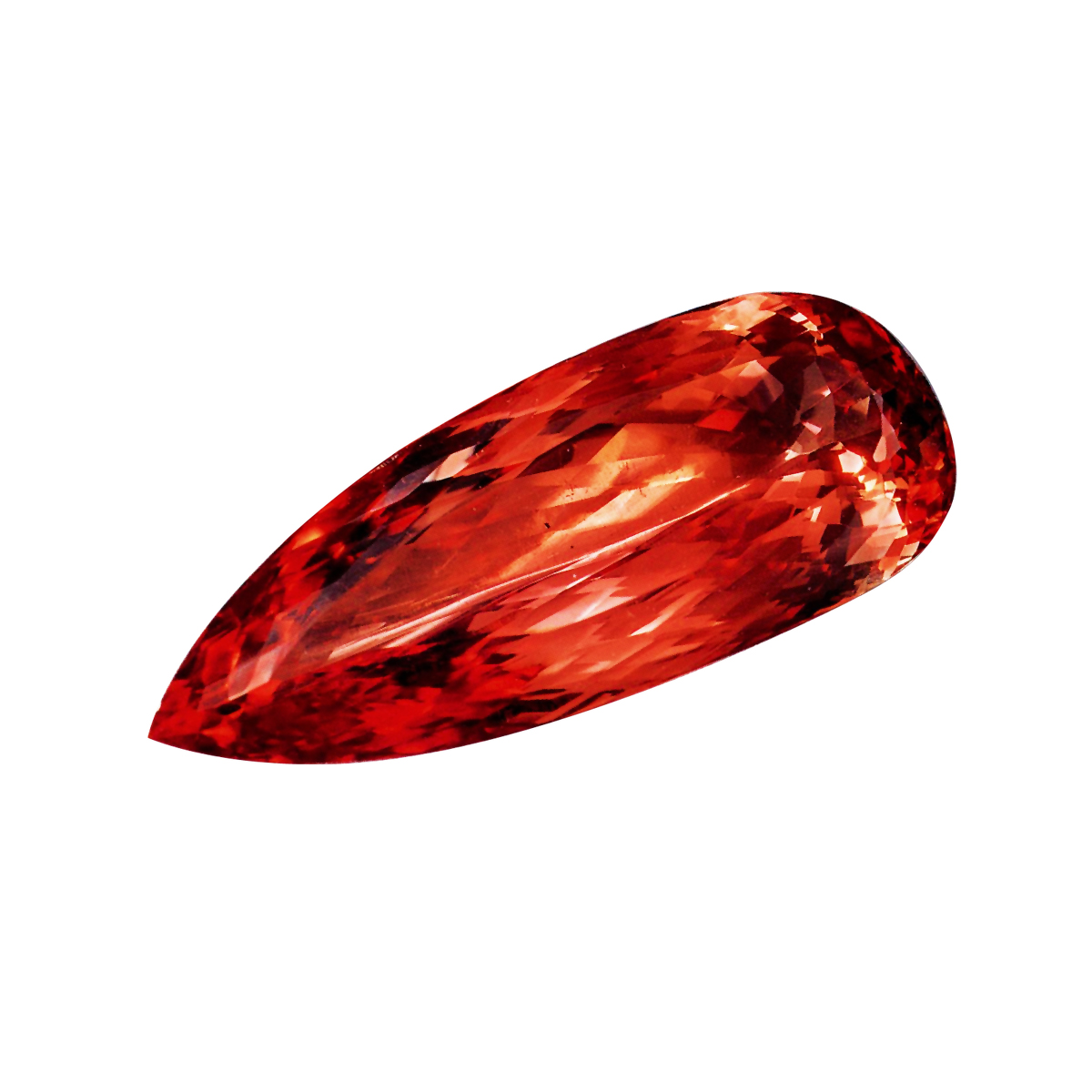
Imperial Topaz
Imperial Topaz is the most desirable Topaz. Its name comes from "Czar Topaz", as it was first discovered in Russia and only the emperor (czar) could wear it as a symbol of his nobility and power. In the past, all yellow and brownish gems were called Topaz. Its golden color is not a result of heating enhancement or any other treatment. For centuries people in India believed that wearing an Imperial Topaz on the chest would guarantee long life, beauty and intelligence. It was also found in Pakistan and Brazil, but nowadays the largest production comes from Dom Bosco, Rodrigo Silva and Saramenha, districts of Ouro Preto, Minas Gerais, Brazil. This region has been producing since 1735. Due to its rarity, this gem's price has been increasing steadily in the last few years.

Blue Topaz
Blue Topaz is the most popular and common Topaz in the world. Some believe that the word Topaz comes from the Sanskrit word "tapas" meaning fire. Others believe that it is due to St John's island in the Red Sea (the ancient Topazos). The tremendous interest in Blue Topaz has led jewelers to develop several kinds of blue varying from pale blue as the sky (Sky Blue), up to the deep blue similar to a Sapphire (London Blue). Most of the Blue Topazes in the market were originally a white stone that through a peculiar process of radiation changes the color to blue. Despite the deep blue being the most popular color, each blue has its own appearance and personality. The biggest producers in Brazil are Minas Gerais, Bahia and Espirito Santo. It can also be found in Australia, Madagascar, Mexico, Myanmar, Namibia, Nigeria, Pakistan, Sri Lanka and USA.

Tourmaline
Tourmaline can be found in almost every color of the rainbow. No other gem has such a rich variation of colors and because of that, other gems can easily be mistaken for it. Portuguese explorers found Green Tourmaline deposits in Brazil in the 1500s, believing that it was Emerald. The confusion on its identity is reflected in its name that comes from the Singhalese word "tumalli", that means mix gems. Tourmalines can be green (Verdelite), pink, red (Rubelite), blue (Indicolite), black (Schorl), yellow, brown (Dravite), purple, uncolored (Achroite) or multicolored (Watermelon). Brazil is the main producer of Tourmalines in the world and is the only one to produce the most famous of all: Paraiba Tourmaline.
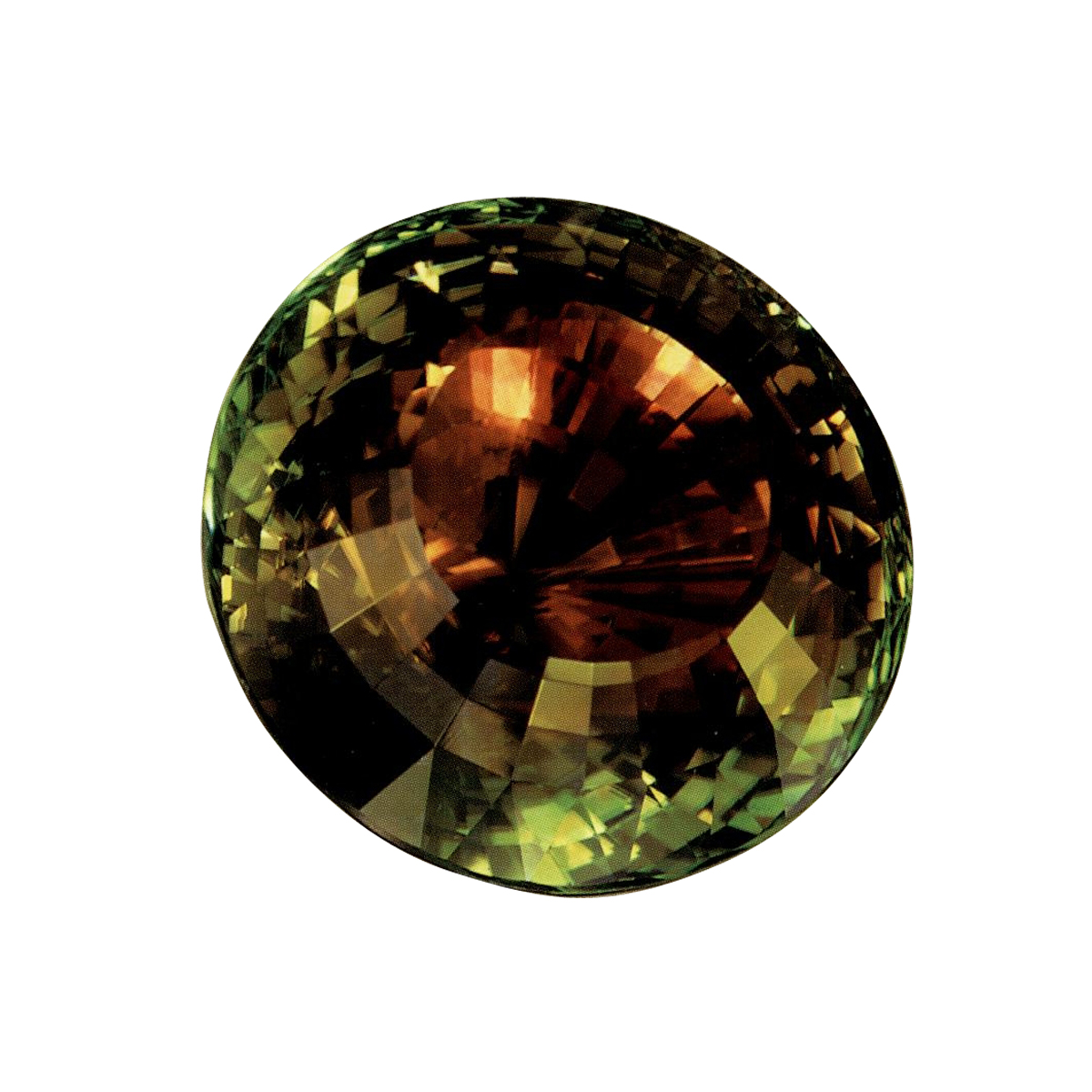
Watermelon Tourmaline
The Watermelon Tourmaline is a rare gem with three different colors in the same crystal: a thin white layer separates its natural pink and green colors. Watermelon Tourmalines can be found in South Africa, Brazil, Mozambique, Madagascar and Sri Lanka.

Paraiba Tourmaline
Paraiba Tourmaline owns its name to the location where it was first found in 1989 at Salgadinho, Paraíba state, northeast of Brazil. The biggest production happened between 1989 and 1991 when 10.000 to 15.000 Gr of fine gems were extracted. Nowadays, the production does not exceed 100gr of this gem per month. Paraiba Tourmaline is colored by cooper and manganese, which is responsible for its main characteristic: electric or neon blue color. It can also be found in different colors like emerald green, turquoise, sky blue, indigo, sapphire blue, and lilac. Lately, Nigeria and Madagascar are the biggest producers of this rare variety of Tourmaline.


